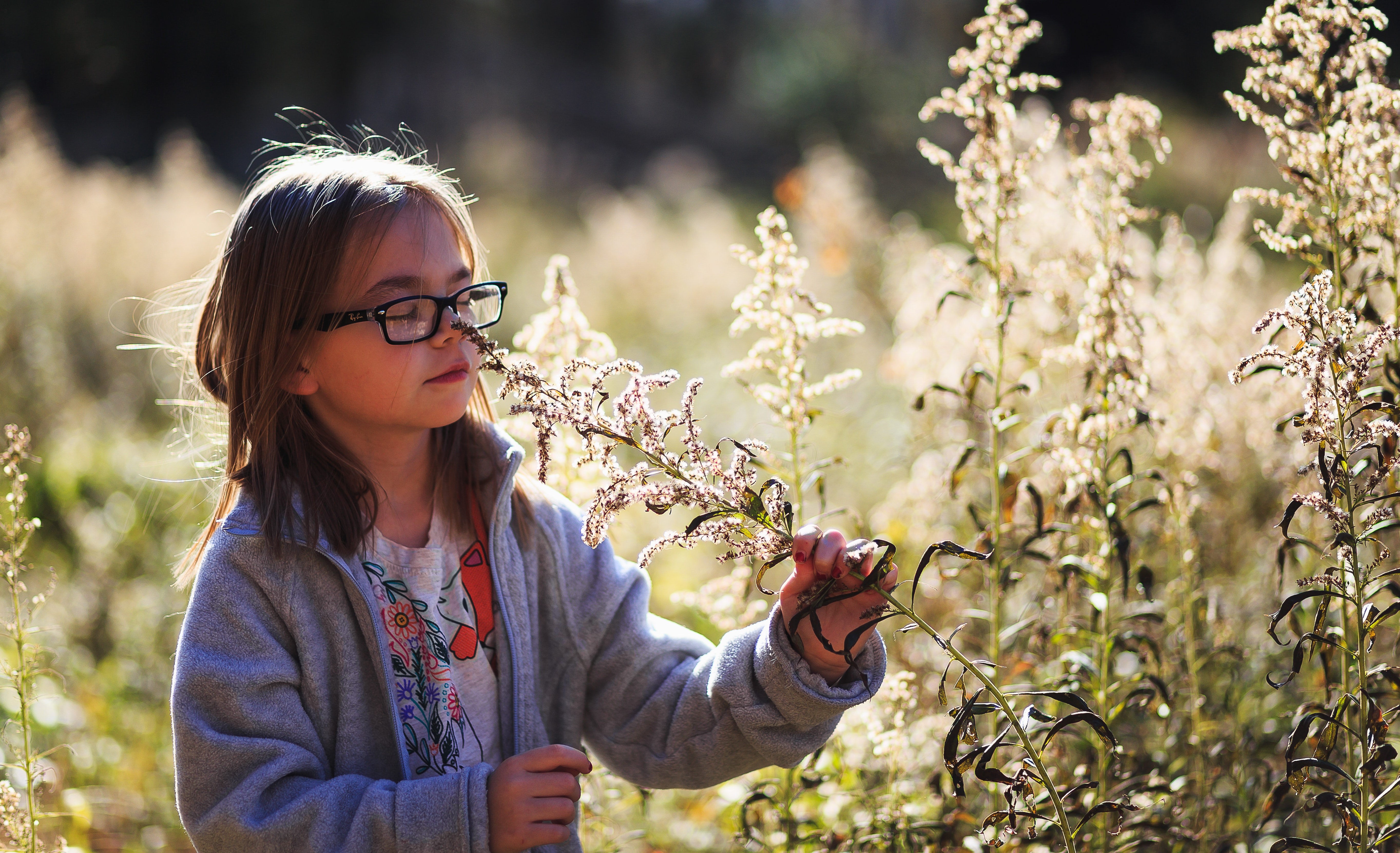Nature activities for children and ideas for using more natural materials in the child care environment.
Children and nature have always been connected. We all are connected to the natural world. The natural world is one of the best environments for children to explore, absorb, and enjoy. As those who care for young children, are we supporting the connection children need to have with nature? Some researchers suggest that children seem to be exposed less and less to the open invitations of nature.
Today’s children are on tight schedules, with child care, school, and extracurricular activities. Even if the children are outdoors, the activity is usually structured, and not one of free adventure and immersion into nature. Often, outdoor experiences are for a short period of time only. As adults working with young children, we need to find ways to support not only our own connection with nature, but the children’s as well.
Nature’s invitations
When young children are exposed to nature, they see the beauty just as we do; but more importantly, they begin to interact with its offerings. Children automatically become hands-on in nature. Just think to a time you were in nature with children: Did you see children jumping in puddles, climbing on rocks, swinging from trees, and picking things up?
Children begin to wonder in nature. Natural materials such as pine cones, grass, rocks, leaves, rain, spider webs, sticks, frogs, fossils, dirt, seashells, pebbles, and sand provide endless possibilities for play and imagination. These materials don’t come with directions: The children come up with ideas of how to use them. What are they? What can they do? How do they feel? What do they look like? How does it move? How does it grow? What can I do with this?
Nature provokes children into thought, action, and formulating their own ideas. When children are involved in experiences with nature, they are absorbed and completely attentive to what is at hand. This exposure to nature can be simply going for a walk, playing in the yard, or hiking in the woods. There are many advantages to all types of exposure to nature.
How can adults help?
Adults can help children by providing natural environments to explore and adding tools to enhance explorations, such as shovels, magnifying glasses, pencils and paper, cameras, and related resources.
What does it look like? How does it move? What should we do? Ask questions that will encourage the children to observe and to describe their observations. It is vital that adults share the natural world with children by planning related activities, but it is important for children to have the opportunity to discover nature on their own. When children connect with nature and freely explore its components, they develop their own personal relationship with nature. It is this relationship that will carry meaning into their understanding of nature.It is important to observe where and what the children are interested in and support those interests by asking open-ended questions. What did you discover? How does it feel?
Bring nature inside
Nature can also be brought back to our homes or classrooms. Some early educators use many components of nature in their indoor environments. Tree stumps are used for sitting or for the block area. Water, sand, and dirt are explored, measured, and poured. Tree branches are suspended from the ceiling and display children’s artwork.
Loose materials, such as pinecones, stones, seashells, leaves, and twigs, are displayed in baskets for children’s imaginations to provide an idea. Nature’s artifacts, such as feathers, a bug’s shell, fossils, or a bird’s nest, are used for exploring.
Bringing nature to the classroom reinforces its beauty, purpose, and gifts. Open the door to the outside and support wonderful connections with nature!
Nature’s gifts
Children need consistent contact with nature and ample time to explore and become familiar. Nature inspires physical challenges: climbing over a rock, walking up a hill, rolling down a hill, swinging from a branch, running freely, or scooping and digging dirt. With the rise of childhood obesity, nature is a positive encourager to physical well-being.
Nature also provides us with a sense of calm and visual images of beauty. Children become observant and use
their senses, such as listening to leaves in the wind, or looking at spiders’ fancily woven webs, or hearing the call of a bird. Even though open spaces in nature invite children for wonderful spurts of running, jumping, and climbing, they also invite children to slow down.
Providing children opportunities to care for nature, such as watering plants, feeding animals, picking up trash, and treating “creatures” gently, supports a sense of respecting nature and developing empathy. It also creates opportunities for children to work together. Experiences such as these help build lifelong skills and give children a connection that may in the future support caring for their environment, as well as each other.
Content Source: PennState Extension

